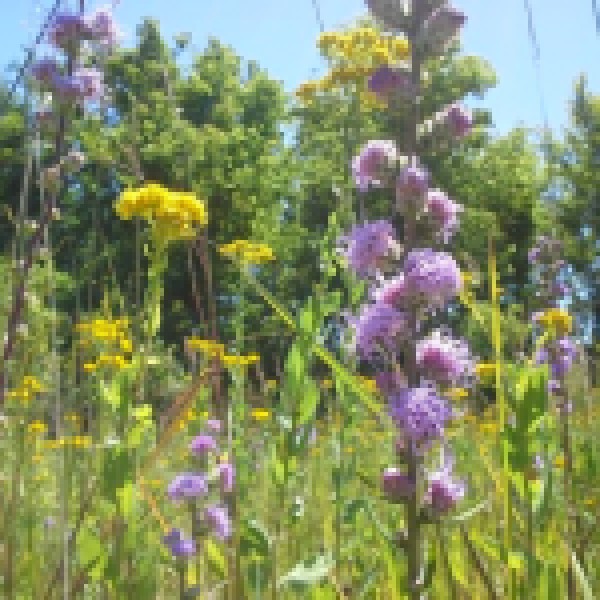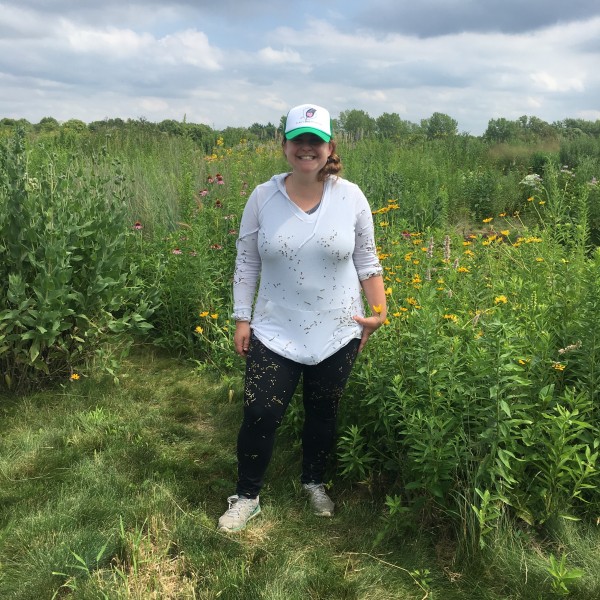
Broadening definitions of plant biodiversity in restored tallgrass prairies 2015
Restored prairies around Chicago
Ecology
The tallgrass prairie ecosystem – a vast landscape of grasses and wildflowers – once dominated the Midwest. However, it’s now one of the most endangered ecosystems in North America. Ecological restoration is the only way to gain new prairie habitat, but restoring a diverse and fully functioning prairie is difficult. This summer, we will be studying metrics of plant biodiversity not usually considered in restoration, specifically trait diversity and phylogenetic diversity in order to disentangle relationships between biodiversity and ecosystem function in restored tallgrass prairies. The REU intern working with us will visit 12-18 restored prairies in the Chicago area to survey plants species, learning plant ID and field survey methods along the way. The REU student will also develop a related independent project based on his or her skills and interests. This may include, for instance, assessment of soil quality, determination of plant productivity, interviewing land managers to understand management activities of specific sites, or analysis of surrounding land use at the restored prairie sites using GIS.




